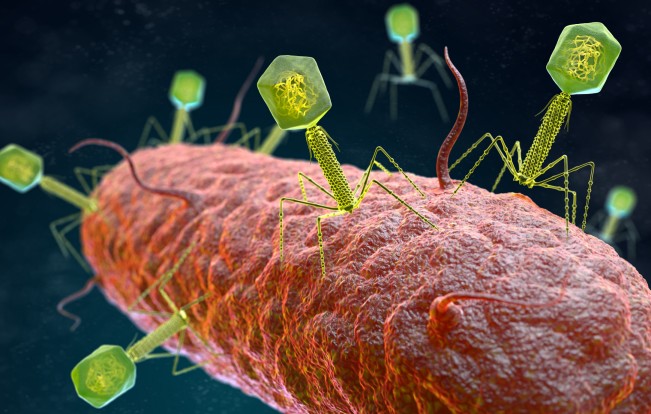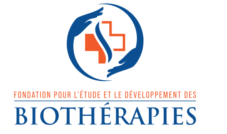Phage therapy is an alternative to antibiotics for treating bacterial infections
In our body and in our environment there are bacteriophages. These are viruses that specifically attack bacteria. These viruses are known to be harmless to human cells.
These phages enter the bacteria, multiply and then destroy the bacteria and then go on to attack neighboring bacteria of the same type.
Phages are specific to certain bacteria and are constantly co-evolving. This is their weakness and strength compared to antibiotics.
The use of phages to treat bacterial infections was discovered in 1915 in France by Félix d’Hérelle. It then developed in many countries.
It is still commonly used today in the former Soviet bloc countries (Georgia, Poland, Russia, Ukraine) where this treatment is available in pharmacies. The Eliava Institute in Georgia is specialized in this treatment and receives patients with therapeutic impasses from all over the world, some of whom had only a proposal for amputation in their country.
In France, phage therapy was commonly used for more than 50 years until it fell into disuse because of competition from antibiotics and with the disappearance, in 1978, of the Laboratoires du Bactériophage, which for a long time marketed phage cocktails in pharmacies, as well as the disappearance, in 1988, of the Bacteriophage Service of the Pasteur Institute, which manufactured cocktails on request. The Vidal dictionary, the “bible” of drugs, includes these treatments until 1977.
Some physicians have continued to use this method by obtaining cocktails abroad without the necessary authorizations. More recently, the Hospices Civils de Lyon are developing this therapy with a restricted use within the framework of a “compassionate” authorization.
Phage therapy allows the cure of antibiotic-resistant infections. This is the case, for example, of osteoarticular infections for which amputation is proposed due to the lack of effective antibiotics.
It is also an interesting alternative for many bacterial infections. Their characteristic and specificity compared to antibiotics, allows to avoid their side effects, the destruction of the microbiota and the development of antibiotic resistance.
To learn more :
- Wikipedia article on Phagotherapy

